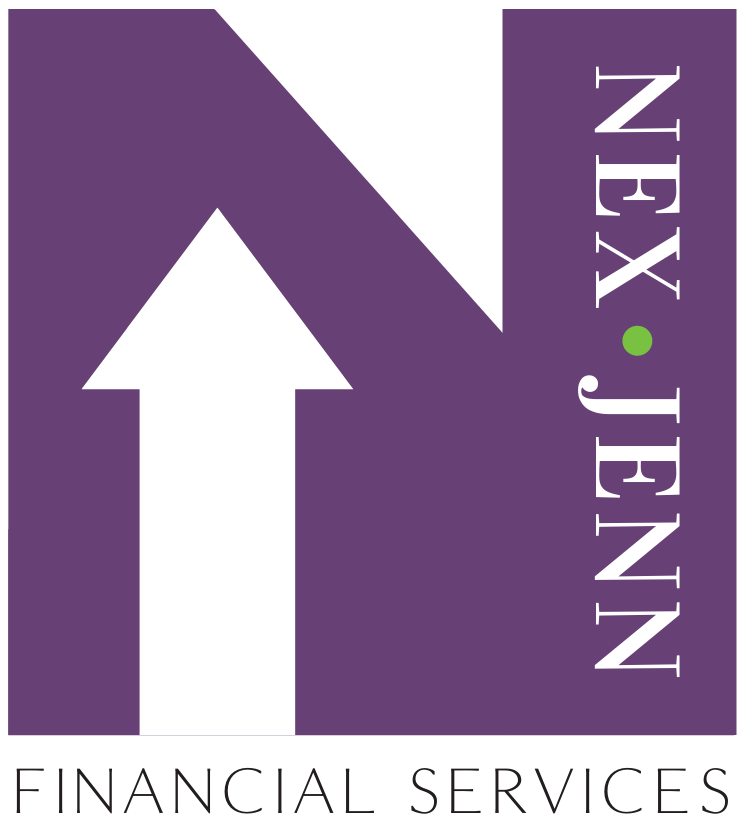
Estimated Read Time: 4 minutes
You may have a very idealistic vision of retirement — doing all the things you never seem to have time to do now. But how do you pursue that vision? Social Security may be around when you retire, but the benefit you get from Uncle Sam may not provide enough income. Additionally, only a few employers today offer a pension that guarantees you a specific income at retirement. Furthermore, people are living longer and will need to find ways to fund those additional retirement years. With all that said, reliable retirement planning is critical. There is good news: Retirement planning is easier than it used to be! This blog will review some of the tools and resources available to help get you started planning for retirement.
The takeaways of this blog are:
● What are Your Retirement Needs?
● Save, Save, Save
● Investment Options and Other Savings Tools
What are Your Retirement Needs?
Ideally, you should start planning for retirement about 10 – 15 years prior to retiring so that by the time you retire, you’ll have a nest egg that will provide you with enough income to cover your retirement needs.
But exactly how much is enough? The following questions may help you find the answer:
- At what age do you plan to retire? The younger you retire, the longer your retirement will be, and the more money you’ll need to carry you through it.
- What is your life expectancy? The longer you live, the more years of retirement you’ll have to fund.
- What growth rate can you expect from your savings now and during retirement? Be conservative when projecting rates of return.
- Do you expect to dip into your principal? If so, you may deplete your savings faster than if you just live off investment earnings. Build in a cushion to guard against these risks.
Once you’ve answered the larger questions, then you’ll want to drill down to estimate how much you will actually need in retirement. We don’t have a crystal ball, but an easy place to start is by reviewing your current expenses and then identifying any new expenses anticipated in retirement, such as travel or a new hobby. Eliminate any expenses that will go away when you retire, such as commuting and other employment-related expenses. A careful and honest look at these expenses will help determine your retirement needs. I’ve dedicated a blog to estimating retirement income here: https://nexjenncpa.com/2022/11/21/estimating-retirement-income/.
Save, Save, Save
Once you have a rough estimate of how much you’ll need for retirement, you can start saving. First, you’ll have to map out a savings plan that works for you. Assuming a reasonable rate of return that is in line with your risk tolerance and time horizon, you can then determine how much you’ll need to save every year to reach your goal.
The next step is to put your savings plan into action. It’s always early enough to start. You can arrange to have pre-set amounts automatically invested in a 401(k) or IRA or other savings account to the risk of impulsive or unwise spending threatening your savings. If possible, save more than you think you’ll need to provide a cushion.
Investment Options and Other Savings Tools
There are so many investment options that it can be challenging to sift through them on your own. If you don’t have the time, energy, or inclination to do this yourself, hire a financial professional. They will explain the options available to you and assist you in selecting appropriate investments for your goals, risk tolerance, and time horizon. Note that many investments may involve the risk of loss of principal.
The following are among the most common retirement savings tools, but others are also available:
- Employer-sponsored retirement plans that allow employee deferrals [like 401(k), 403(b), SIMPLE, and 457(b) plans] are powerful savings tools. Your contributions come from your salary as pre-tax contributions (reducing your current taxable income), and any investment earnings are tax-deferred until withdrawn.
- Traditional IRAs feature tax deferral of earnings. If you are eligible, traditional IRAs may enable you to lower your current taxable income through deductible contributions. Withdrawals from Traditional IRAs, however, are taxable as ordinary income (unless you’ve made nondeductible contributions, in which case a portion of the withdrawals will not be taxable).
- Roth IRAs don’t permit tax-deductible contributions but allow you to make tax-free withdrawals under certain conditions. With both types, you can typically choose from a wide range of investments to fund your IRA.
- Annuities are contracts issued by insurance companies and are generally funded with after-tax dollars, but their earnings are tax-deferred (you pay tax on the portion of distributions representing earnings). A typical annuity provides income payments beginning at some future time, usually retirement and the payments may last for your life, for the joint life of you and a beneficiary, or for a specified number of years.
This is just a brief overview of the more common options to consider when saving for retirement. This makes saving for the future easily accessible no matter how far into the future retirement might be for you. However, knowing the best way to reach your goals can be confusing. Don’t be afraid to contact a financial advisor or your employer’s benefits officer (if using employer-sponsored retirement benefits) for information and advice. Being financially secure during retirement is more accessible than you think.
